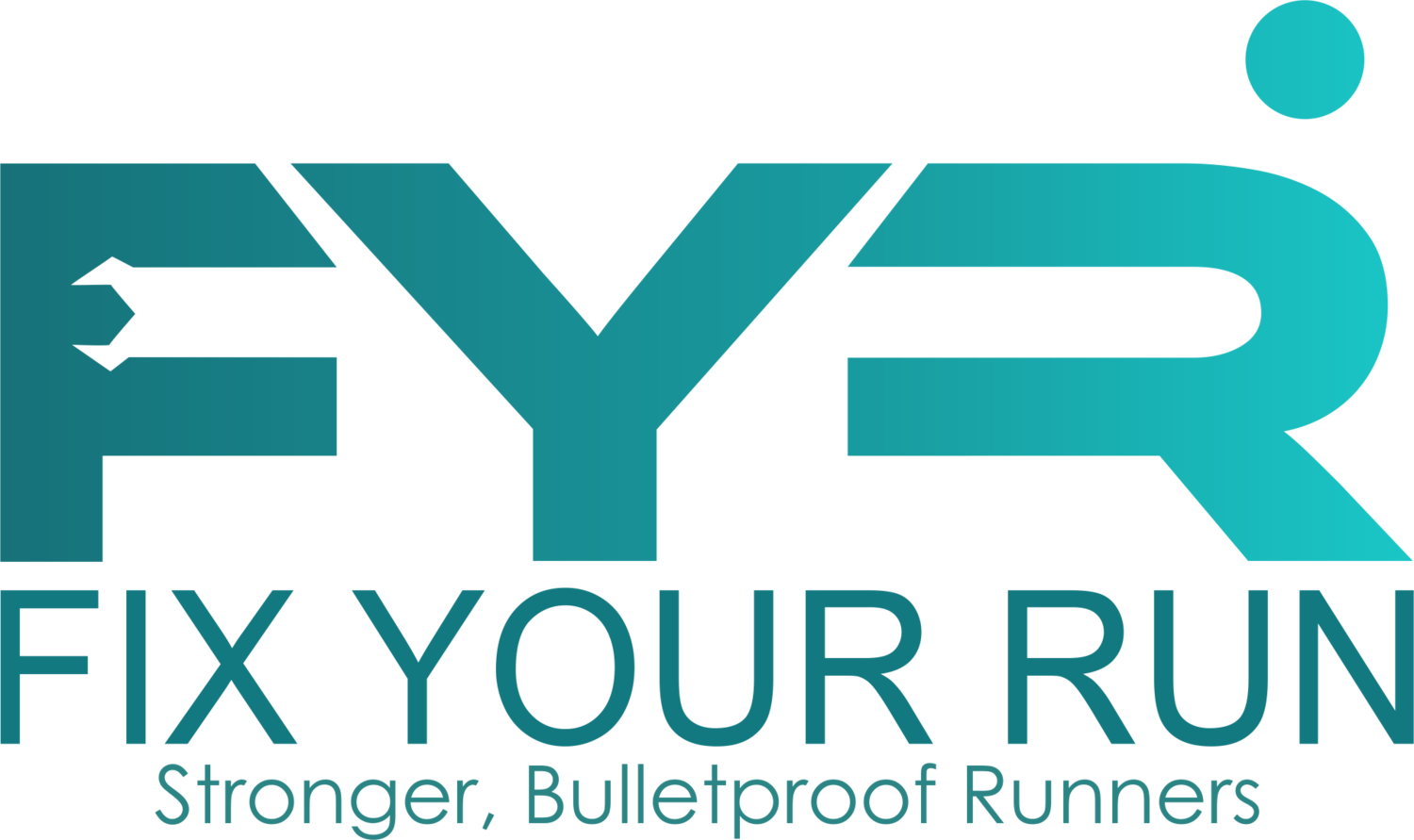Guilt Free Cake? It is possible.
You can’t be “fast” without having some semblance of strength (or horsepower) in reserve. You can’t improve your timed mile, or taking a bit further, your marathon time if you can’t generate more force into the ground to propel yourself forward. You also can't eat "cake"...
The Cause of Your Tight Muscles pt.3
The problem with sitting isn't so much the sitting; rather, it's the fact that you aren't climbing, swimming, paddling, rolling, running, dancing, or crawling.
The Cause of Your Tight Muscles pt. 2
Ever try to walk or run on ice? What happens? You brace or tense up to create extra stability throughout your body in an attempt to survive. This could very well be happening and you don't even know it.
The Cause of Your Tight Muscles pt. 1
Today I want to briefly touch on one of the biggest reasons as to why your muscles are tight. Identifying the cause of your specific tightness is key if you have any hope of resolving the issue.
Pelvic Unleveling?? Yikes!
When your foot hits the ground lots of stuff happens. The focus of today's post is the pelvis and how it should remain level when running. As one client put it, pelvic unleveling just sounds downright “unnerving”.
Why One Should Not Run in Minimalist Shoes
I can think of 3 reasons why someone should stick to 'conventional' training shoes which are heavier, stiffer, thickly cushioned, and which possess a steeper 'ramp angle' from heel to toe. If you fit the definition of these 3 categories, there's likely no rush to change footwear.
One Sided Injuries
The last time you had a running or training related injury - was it on one side or both sides of your body? Why is that, do you think?
How Much Should You Exercise?
Drugs are prescribed with the “minimum effective dose” in mind. What is the least amount of drug that needs to be taken to have the desired effect? 2000mg of aspirin would definitely dull your pain, but maybe 200mg would give you the same relief with less chance of, uh, liver toxicity. What is the least amount of exercise needed to give you the result you want?
Caught in the Training Whirlpool?
One thing I learned early on was that if you want to reach a high peak with your fitness, you need to dip into a low valley, too. Does this mean losing fitness?
Racing In The Moment
Many people are overwhelmed with the prospect of covering a long distance. And let's face it, whether it's 13.1 or 26.2, it's a long way! So how can you stay in the moment and enjoy every step of your journey while brushing aside fear and doubt? Here are some tips that have helped me.
Your Race, Up In Flames
Should you pass that guy? Should you surge up and over the hill? If you're in a long distance race, you'd better know how many matches you're playing with.
5 Quick Tips for a Successful First 5K
I guarantee these 5 tips will elevate your race day experience!
The Perilous First Six Months
Ever notice runners tend to get injured within a few months of consistent training? If you know the way your body adapts, perhaps you can make smarter training decisions.
Coconut Water Is Not a Special Sports Drink
It's amazing how marketing can shape our beliefs and construct myths. Consider yourself informed!
Single Leg Solutions
Want to quickly assess your risk for a future running-related injury? What about efficiency? Every runner wants to run fast with less effort. Would you like to peal back the curtain and observe a possible energy leak?
A Long Stride Is Good, Right?
Man, is this concept misunderstood by the average runner! But I can see why. When you watch a fast runner, their stride is pretty dang long. Makes sense that you, too, should strive for a long stride, right?
The Marching Bridge Exercise
I've recently written about how weak glutes can undermine and eventually derail your training. After working with hundreds of clients over the past 12 years I can say one thing with certainty. Weak butt muscles are an epidemic and, more than likely, you've got some work to do, too. Again, if you've got weak glutes it's not a matter of IF you will get a running injury, but WHEN. The Marching Bridge a simple and effective exercise to build up that critical muscle group.
Band-Aid Solution or Fixing The Cause?
Foam rolling (soft tissue work), stretching, and rest. These are examples typical treatments for common aches and pains runners tend to experience, but often times the cause of the injury is left unaddressed.
